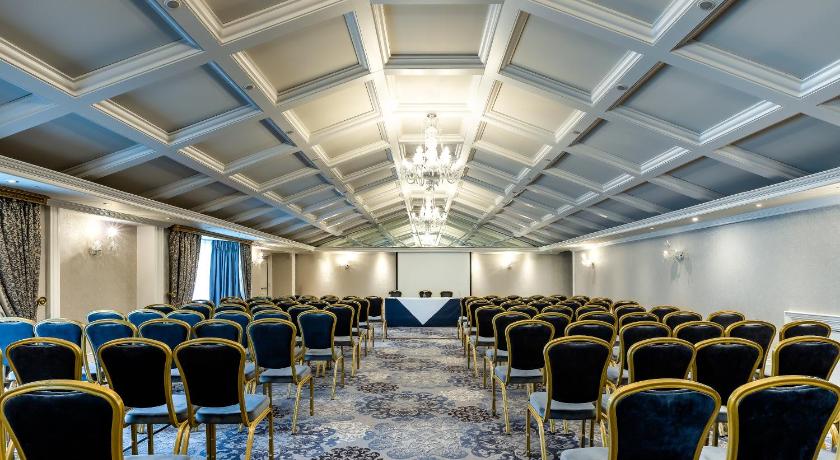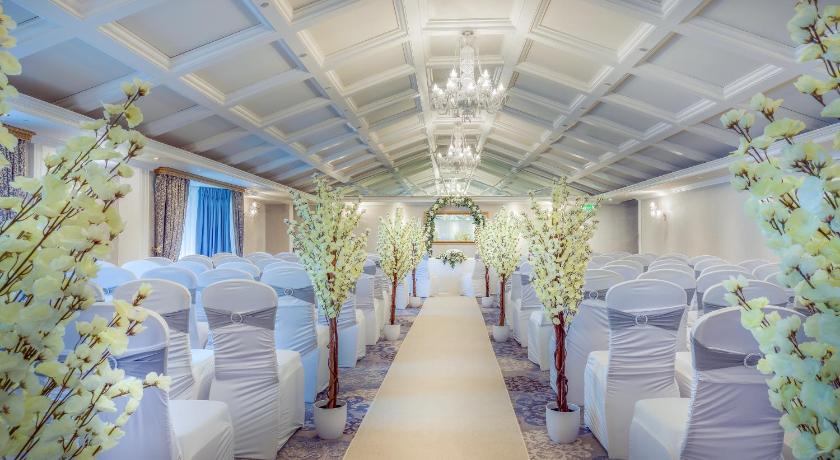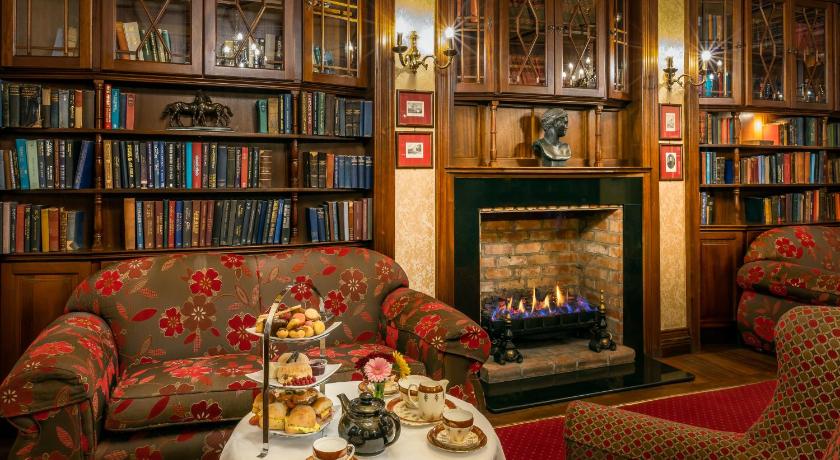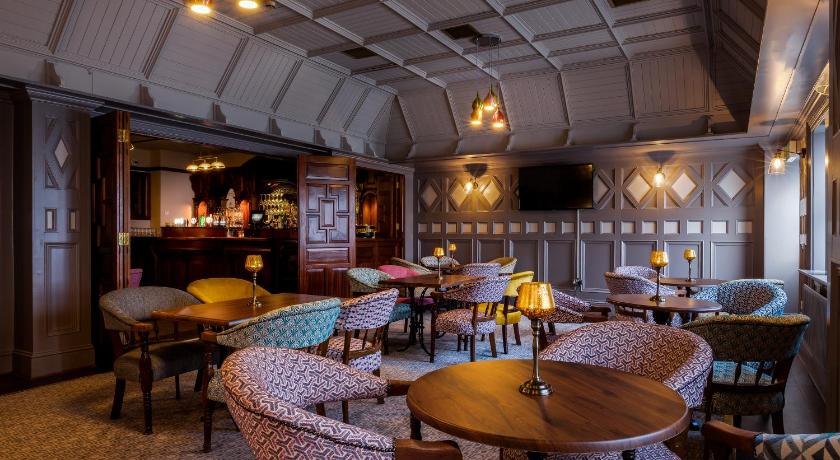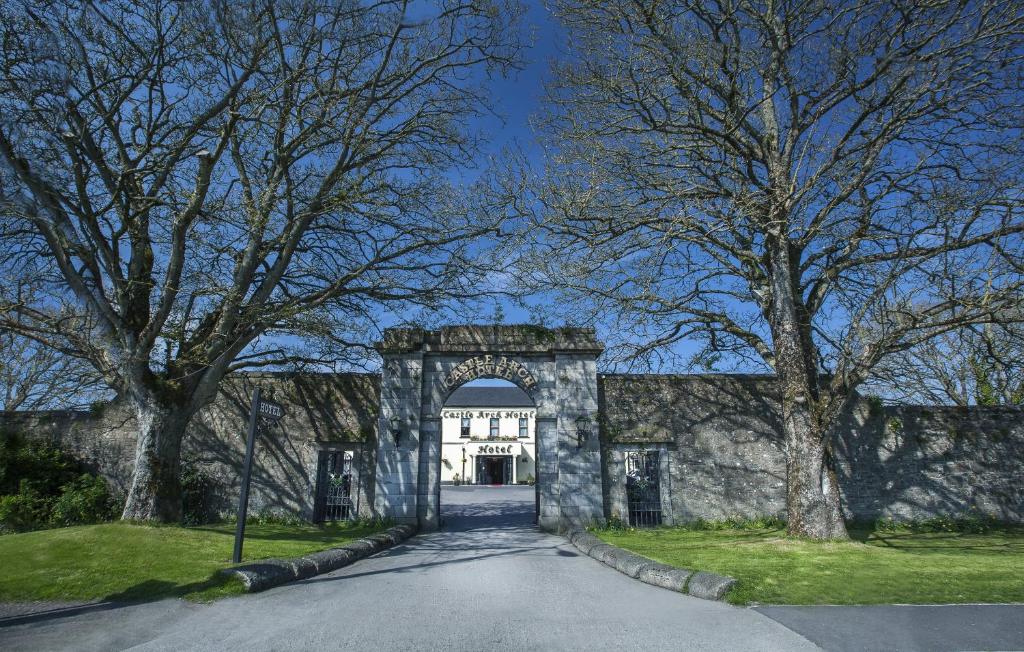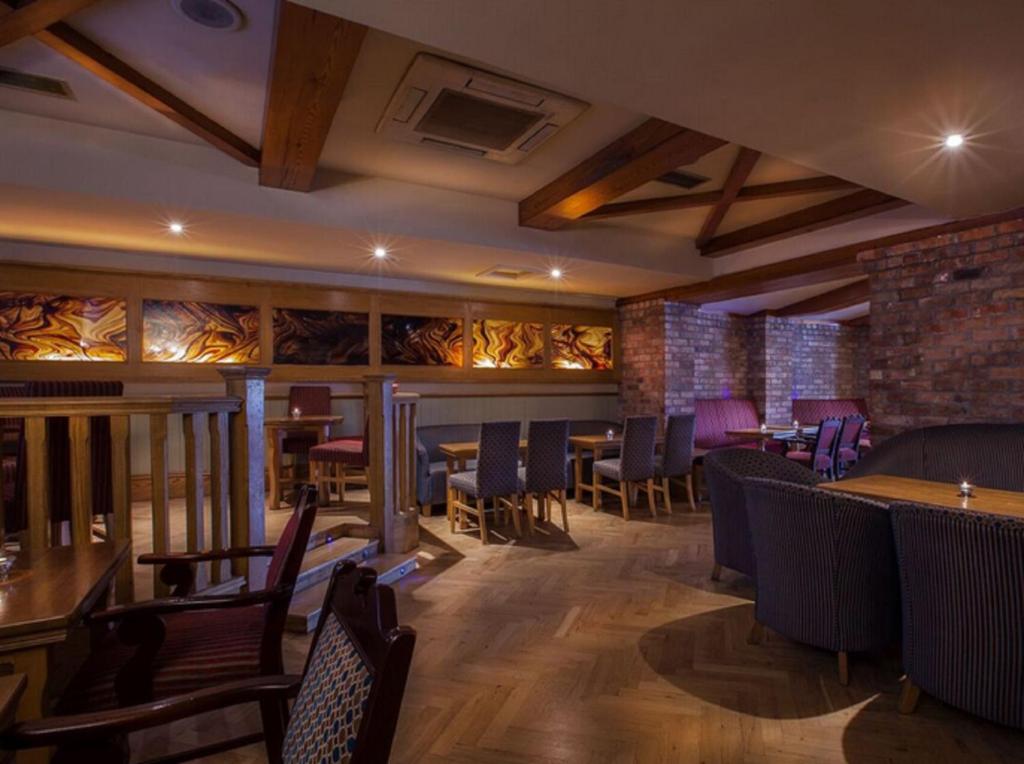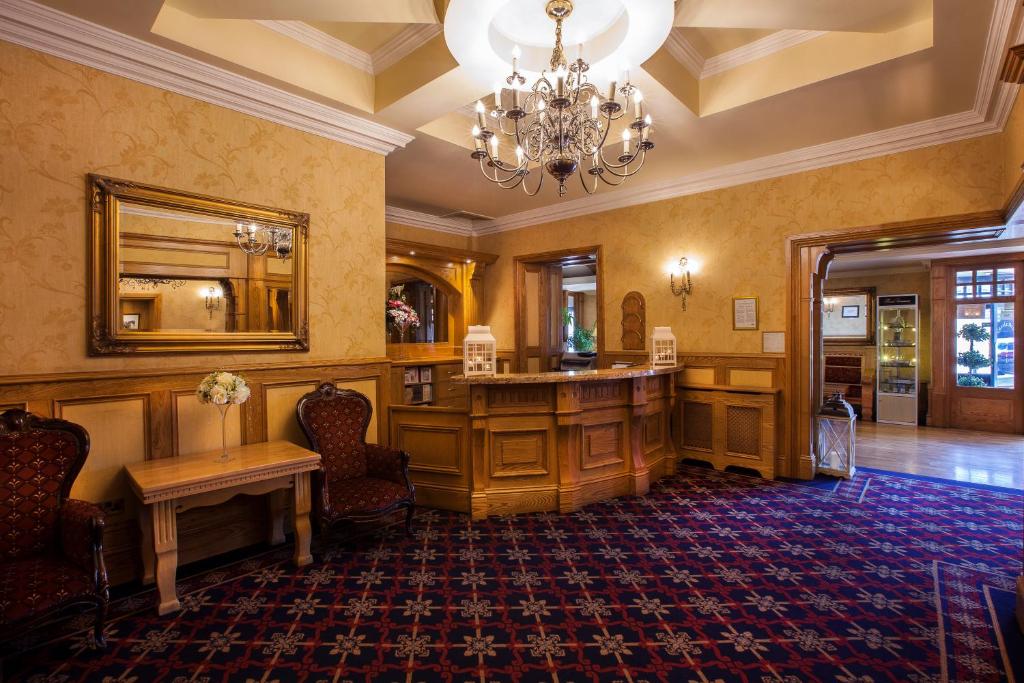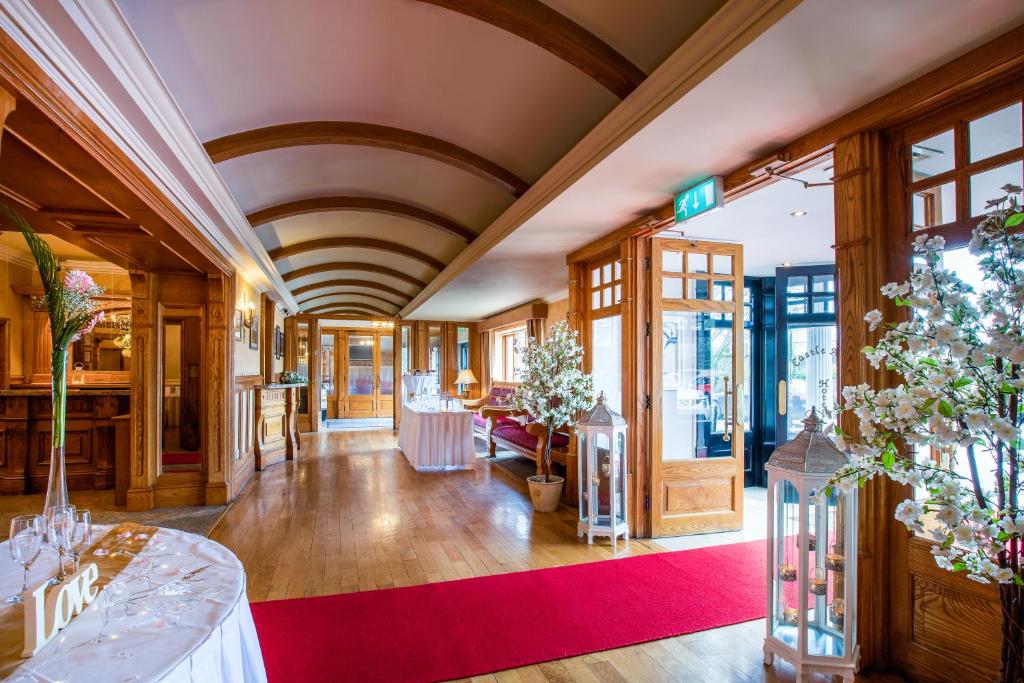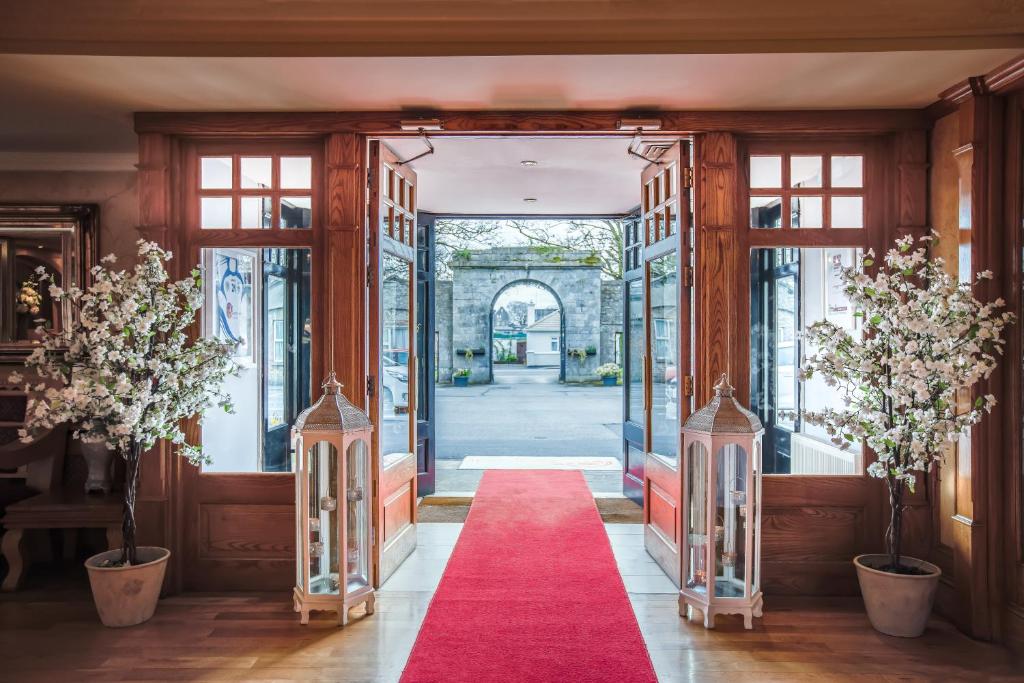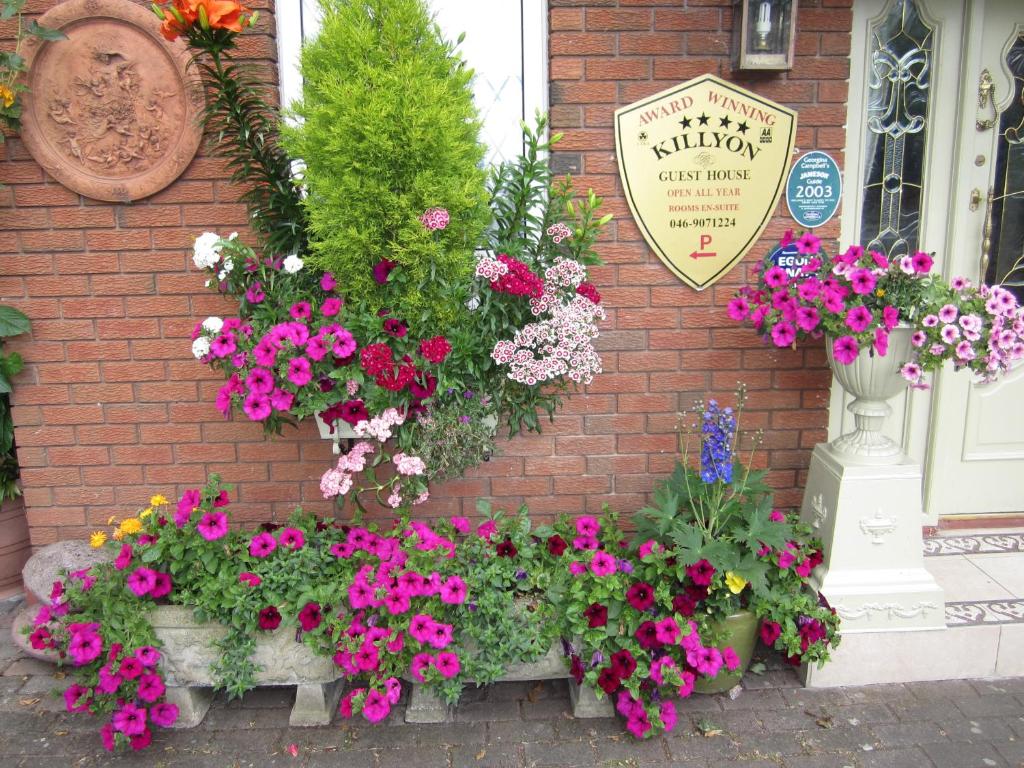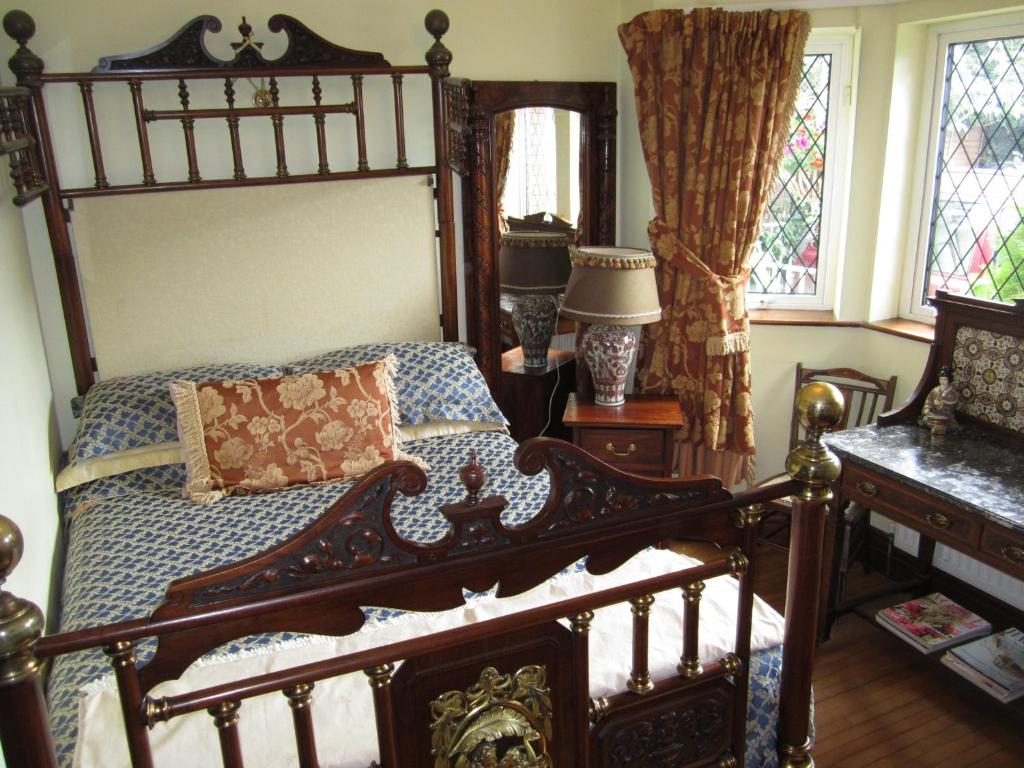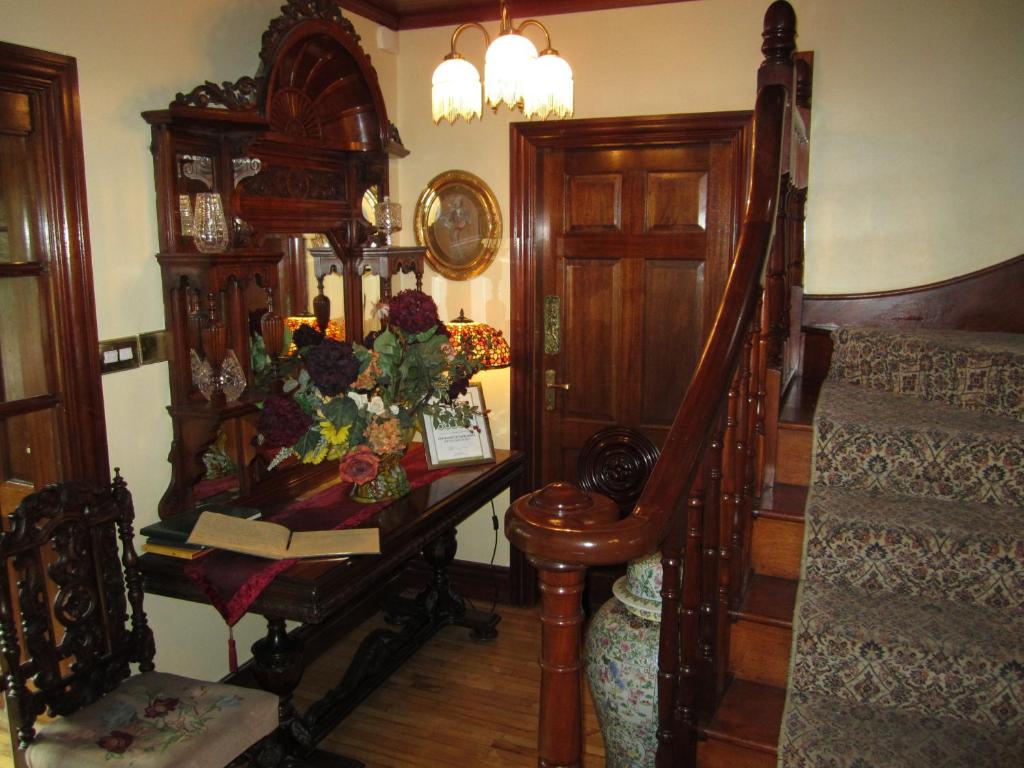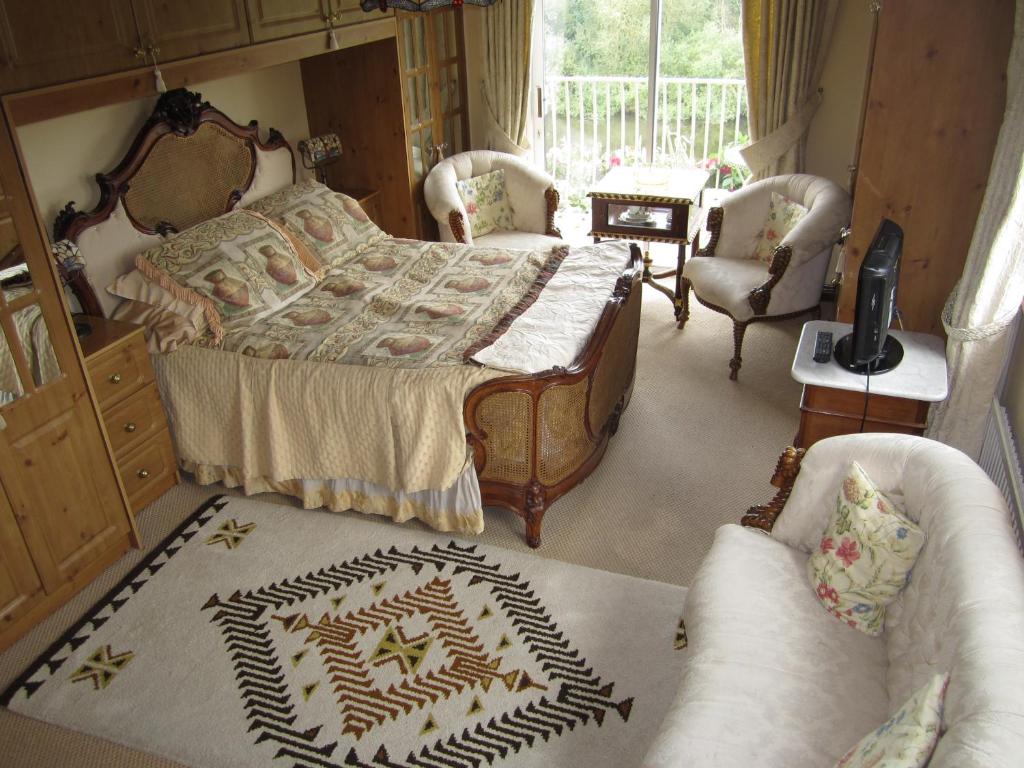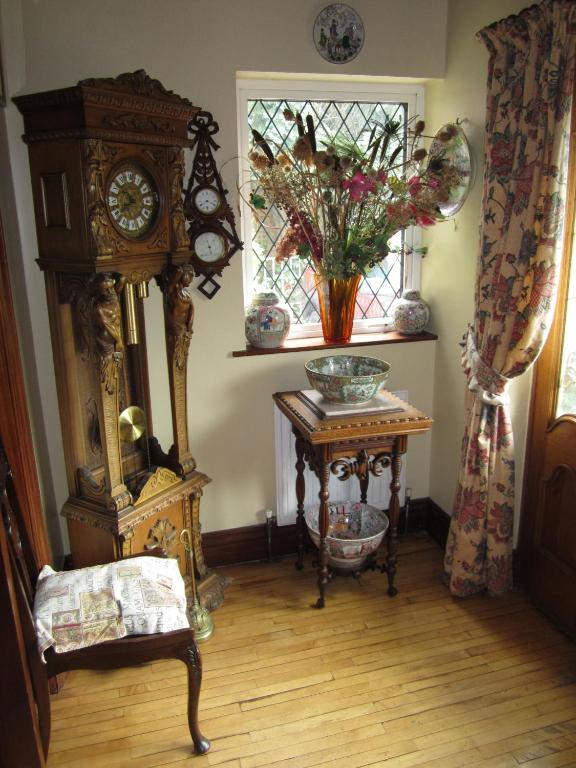Mentioned by Tripadvisor's Top Things to Do
Top things to do in Navan


"Near the shores of Lough Lene, the emerald-green Fore Valley is a superb place to explore by bicycle or on foot. In AD 630 St Fechin founded a monastery just outside the village of Fore. There's nothing left of this early settlement, but three later buildings in the valley are closely associated with 'seven wonders' said to have occurred here. It's a deeply atmospheric place, even in the dead of winter, with sweeping views across a gentle valley."

"The extraordinarily preserved yet little-visited ruins of Cistercian Bective Abbey are off the R161, 7km northeast of Trim. Founded by Murchadh O'Melaghin, King of Meath, in 1147, the abbey was confiscated by Henry VIII between 1536 and 1541 to fund his military campaign. Like Trim Castle, Bective Abbey also played a starring role in the film Braveheart. The evocative ruins are free to visit and are open round the clock; there's a small car park next to the site."

"Proof of Trim's medieval importance, this remarkably preserved edifice was Ireland's largest Anglo-Norman fortification. Hugh de Lacy founded Trim Castle in 1173, but it was destroyed by Ruaidrí Ua Conchobair, Ireland's last high king, within a year. The building you see today was begun around 1200 and has hardly been modified since.Entertaining guided tours involve climbing narrow, steep stairs, so aren't suitable for very young children or anyone with restricted mobility. Self-guided tours are also available."

"A startling 80m in diameter and 13m high, Newgrange's white round stone walls, topped by a grass dome, look eerily futuristic. Underneath lies the finest Stone Age passage tomb in Ireland – one of the most remarkable prehistoric sites in Europe. Dating from around 3200 BC, it predates Egypt's pyramids by some six centuries.The tomb's precise alignment with the sun at the time of the winter solstice suggests it was also designed to act as a calendar."


"Near the shores of Lough Lene, the emerald-green Fore Valley is a superb place to explore by bicycle or on foot. In AD 630 St Fechin founded a monastery just outside the village of Fore. There's nothing left of this early settlement, but three later buildings in the valley are closely associated with 'seven wonders' said to have occurred here. It's a deeply atmospheric place, even in the dead of winter, with sweeping views across a gentle valley."

"In its Anglo-Norman prime, this abbey, 1.5km off the main Drogheda–Collon road (R168), was the Cistercians' first and most magnificent centre in Ireland. Highly evocative and well worth exploring, the ruins still reflect the site's former splendour.Mellifont's most recognisable building and one of the country's finest examples of Cistercian architecture is the 13th-century lavabo, the monks' octagonal washing room."

"Proof of Trim's medieval importance, this remarkably preserved edifice was Ireland's largest Anglo-Norman fortification. Hugh de Lacy founded Trim Castle in 1173, but it was destroyed by Ruaidrí Ua Conchobair, Ireland's last high king, within a year. The building you see today was begun around 1200 and has hardly been modified since.Entertaining guided tours involve climbing narrow, steep stairs, so aren't suitable for very young children or anyone with restricted mobility. Self-guided tours are also available."

"In its Anglo-Norman prime, this abbey, 1.5km off the main Drogheda–Collon road (R168), was the Cistercians' first and most magnificent centre in Ireland. Highly evocative and well worth exploring, the ruins still reflect the site's former splendour.Mellifont's most recognisable building and one of the country's finest examples of Cistercian architecture is the 13th-century lavabo, the monks' octagonal washing room."


"Near the shores of Lough Lene, the emerald-green Fore Valley is a superb place to explore by bicycle or on foot. In AD 630 St Fechin founded a monastery just outside the village of Fore. There's nothing left of this early settlement, but three later buildings in the valley are closely associated with 'seven wonders' said to have occurred here. It's a deeply atmospheric place, even in the dead of winter, with sweeping views across a gentle valley."
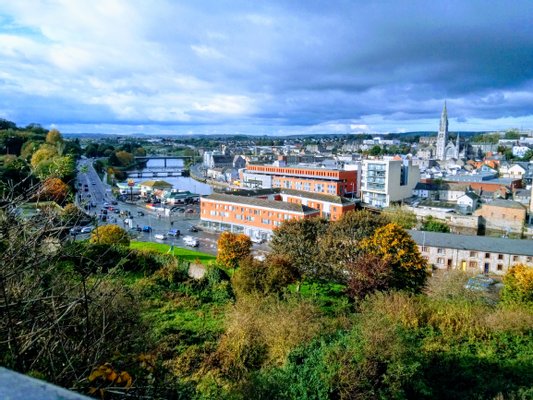
"Overlooking Drogheda, Millmount is an artificial hill that may have been a prehistoric burial ground like Newgrange, but has never been excavated.The Normans constructed a motte-and-bailey fort on top of this convenient command post overlooking the bridge. It was followed by a castle, which in turn was replaced by a Martello tower in 1808.A section of the army barracks is now used as the Millmount Museum. Exhibits include three wonderful late-18th-century guild banners."



















